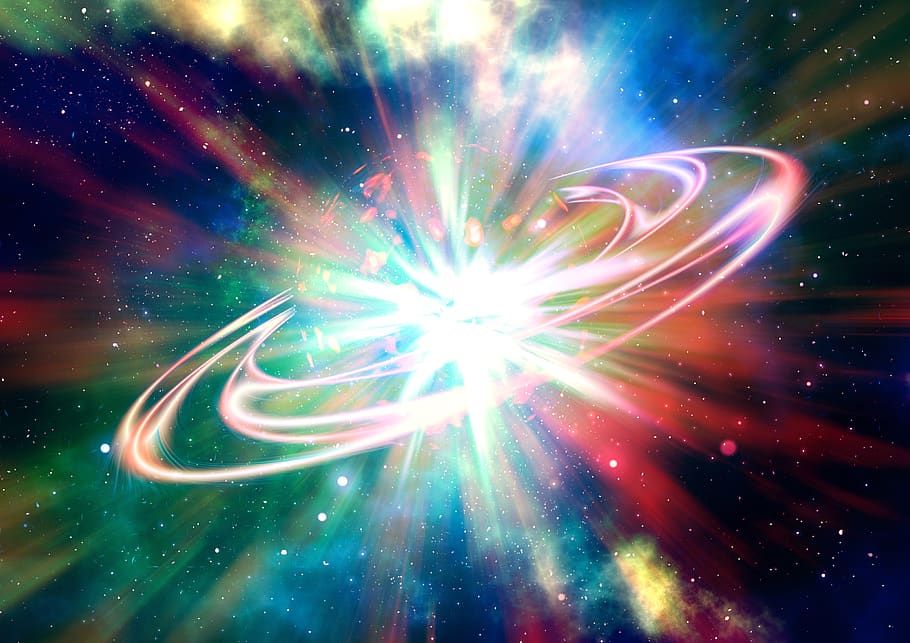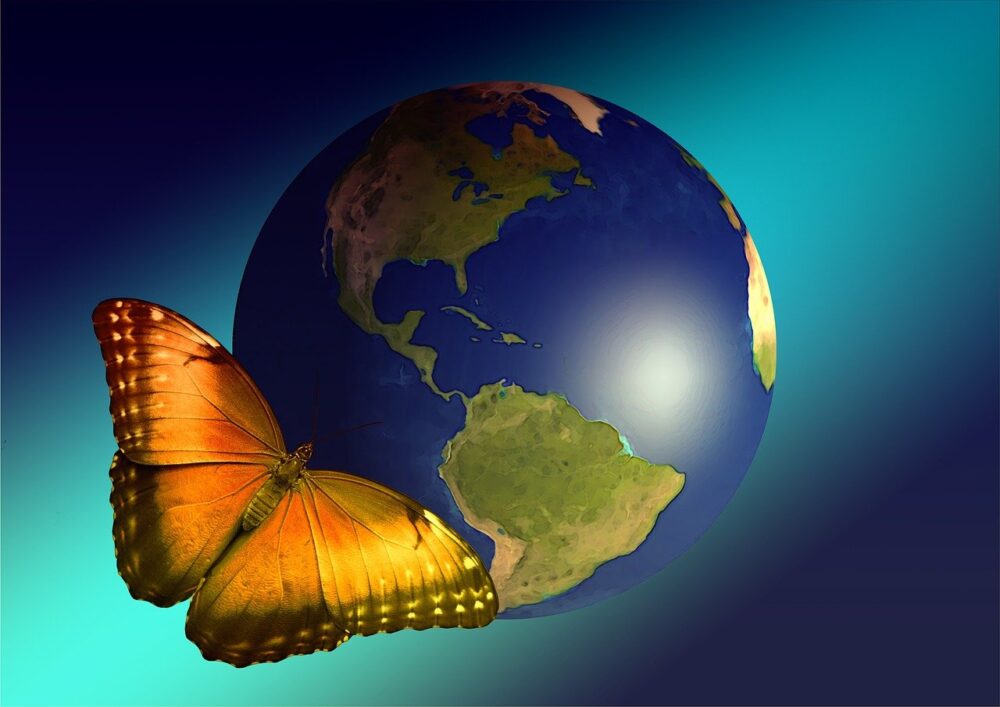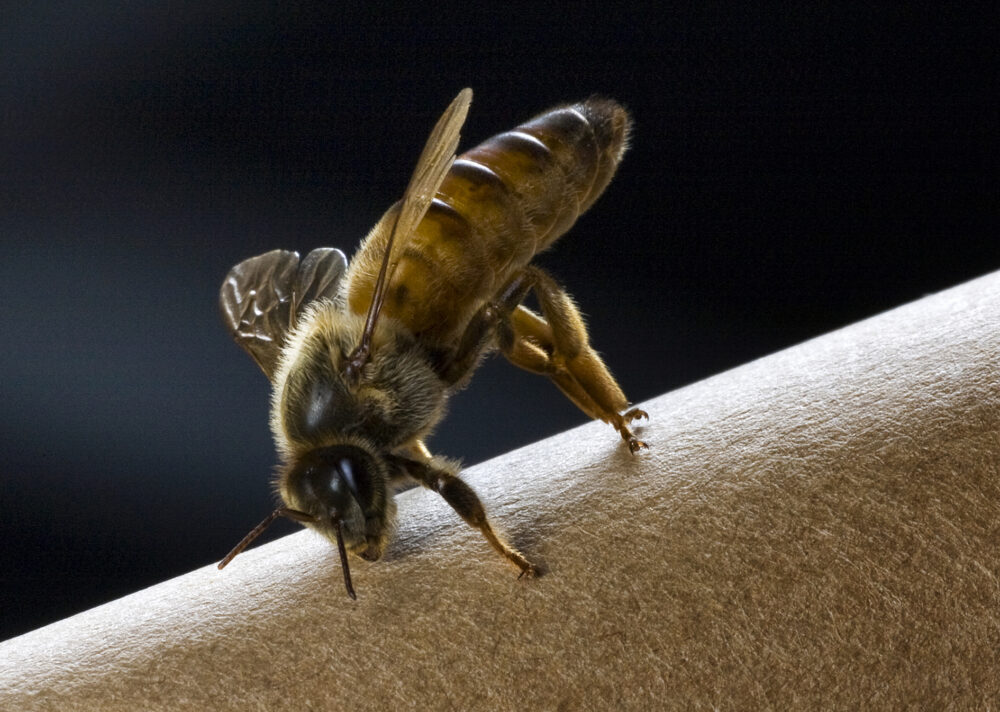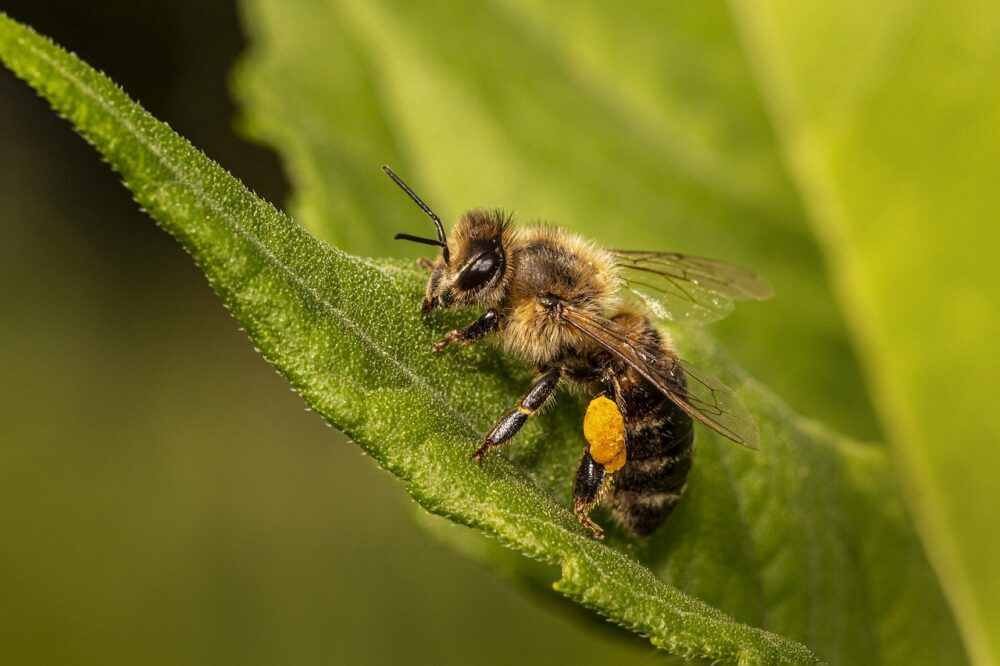The Big Rip: the universe’s final stand
As infinite as our universe may seem, everything is destined to come to an end. The question physicists are asking themselves is exactly what that end will look like. With the continuous, accelerating expansion of the universe, one of those theoretical endings predicts the universe will eventually hit a limit where matter will deconstruct into […]
The Big Rip: the universe’s final stand Read More »








